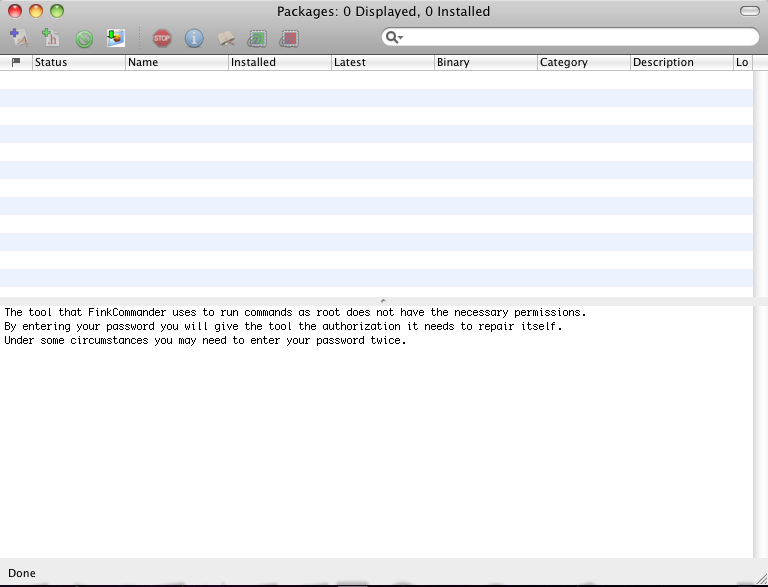If you’re working in Terminal on your Mac, you need to know the most important UNIX commands: those that work with directories, those that work with files, and miscellaneous but commonly used commands.
Folders are called directories in UNIX. Commands that refer to filenames, as most do, assume that you’re talking about files in the working directory. When you open the Terminal window, the working directory is set to your home directory, abbreviated ~. Bash shows you the current working directory and your username to the left of its prompt. The following table lists common directory-related commands.
| Command | What It Does |
|---|---|
| ls | Lists the names of the files in the working directory. For more complete information, use ls –alF (. |
| cd directoryname | Changes the working directory to the one you named. |
| cd . | Brings you up one directory level. |
| cd | Returns you to your home directory. |
| pwd | Displays the pathname of the current directory. |
| mkdir newdirectoryname | Makes a new directory. |
| rmdir directoryname | Removes (deletes) an empty directory. |
As in Windows, you can redirect the output of a command to a text file. So if you want a record of the files in a folder, type cd, followed by a space, drag the folder’s icon to the Terminal window, and press Return. Type ls > mydirectorylist.txt and press Return again. A file named mydirectorylist.txt will appear in the folder you chose. You can open the file in TextEdit to see a list of the files in that directory.

The Mac OS X Command Line: Unix Under the Hood Kirk McElhearn. 4.2 out of 5 stars 29. Editorial Reviews About the Author. Dave Taylor is a popular writer focused on both business and technology. A thirty year veteran of the Unix world, he's a columnist for 'Linux Journal' and writes extensively about gadgets. Find many great new & used options and get the best deals for The Mac OS X Command Line: Unix under the Hood by Kirk McElhearn (2004, Trade Paperback) at.
Unix Command Os Version

This table lists commands commonly used when working with files in the Terminal window.
So we thought it would be better to do it this way, working with the. Ariana grande for mac. It's the thing that speaks most to people's spirits and we just wanted to lift them. 'I think it's also a really literally isolating time for people mentally, too. We wanted to put music out because music is the thing that makes people feel good.
Best Unix Os
| Command | What It Does |
|---|---|
| cp filename1 filename2 | Copies a file. |
| chmod | Changes permissions for access to a file. Study the man page before using this one. |
| diff | Compares two files line by line (assumes text). |
| more filename | Displays a text file one page at a time. Press the spacebar to see the next page; press Q to quit. The man command works through more. |
| mv filename1 filename2 | Moves a file or changes its name. |
| rm filename | Removes (deletes) a file. |
Mac Unix Commands
This last table explains other handy commands that anyone getting started in Terminal will likely want to know. Tv app for mac mini.
Is Mac Os Unix Based


| Command | What It Does |
|---|---|
| Control+C | Terminates most operations. |
| date | Displays the current date and time. |
| echo | Repeats whatever appears after the command (after expansion). |
| help | Displays a partial list of bash commands. |
| history | Displays the last commands you typed. You can redo a command by typing an exclamation point (!) followed immediately (no space) by the number of that command in the history list. To repeat the last command, type !!. To repeat the last filename, type !*. |
| pico | A simple UNIX text editor. |
| ps | Displays a list of running processes. |
| sudo | Lets you carry out commands for which the account you are using lacks authority. You will be asked for an administrator’s password. |
Mac Os Shell Commands

Unix Command Line For Mac Os X 10.7
When you’re working in Terminal, you don’t have a Trash Can to which deleted files are moved pending ultimate disposal. Delete it, and it’s gone. In general, UNIX has no Undo function.
